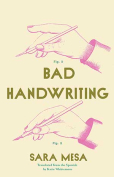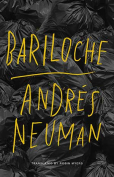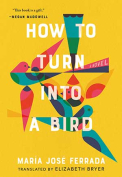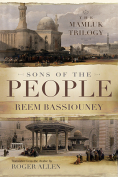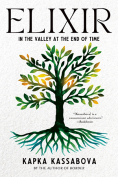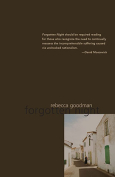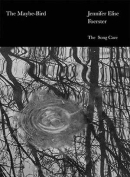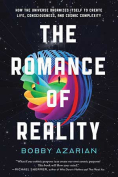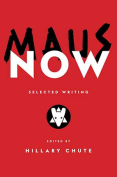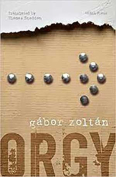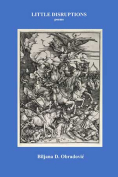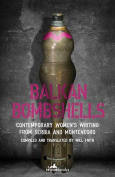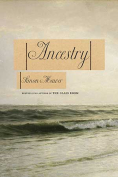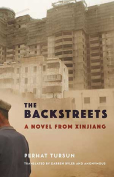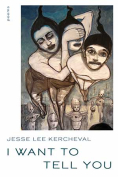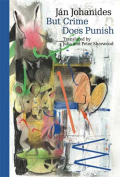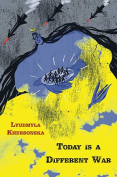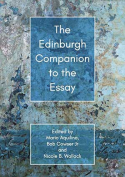Bad Handwriting by Sara Mesa
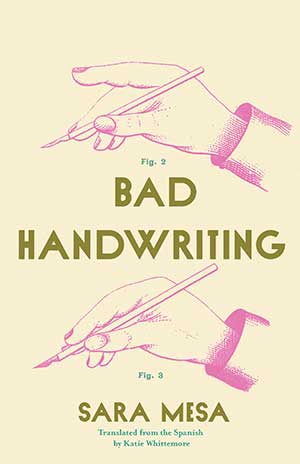 New York. Open Letter. 2022. 208 pages.
New York. Open Letter. 2022. 208 pages.
In this collection of quietly penetrating short stories, Spanish writer Sara Mesa tells the tales of ordinary people and wrinkles their daily monotony with aberration, curiosity, and moments of luminosity in sharp relief to their world (and ours) that cowers “under the mute sun, under an apathetic God who never responds when needed most.” With taut, rhythmic prose, Mesa contours the lives of her characters through birth and death, through leaden grief and ephemeral joy. Centering relationships—healthy and unhealthy, familial and sexual—these stories peel back layers of humanity to reveal people who feel utterly real. Selfish and shy, sanguine and sullen and stressed, sinister and sympathetic, the characters who inhabit the pages of Bad Handwriting embody every part of us—even, perhaps especially, the parts we might prefer remain hidden from others and from ourselves.
My favorite story in this collection is “Papá Is Made of Rubber.” Abandoned by their parents, three brothers—two children and an infant—scrimp to survive in their parents’ apartment, now messy and stained with dread, a liminal and nervous oasis built on crumbling foundations. Mesa positions the oldest brother, eleven-year-old Daniel, between childhood and adulthood, stability and instability, truth and fiction, togetherness and separation. These frictions, these dualities culminate in the most powerful image in the story: a rubber mannequin that Daniel had dragged upstairs and placed in their parents’ bed to assuage the encroaching fears of his nine-year-old brother, Andrés. But this image is preceded by another, foreshadowed in the story’s first glimpse into the apartment: “what he’s been scraping all over the floor isn’t a train or a car or any other toy, but a small, bug-eyed hamster, which he [Andrés] holds tightly in his dirty fist.. . . [T]he animal has a bloody streak running the length of its skinned belly.” Throughout the collection, Mesa grounds her stories in such specific, striking imagery: a particular orange-and-white chocolate bar; a dirty, naked elderly man perched upon a kitchen stool; a split, bleeding pomegranate; a host of taxidermied mustelids. These distinctive flashpoints complement the sometimes jarring, sometimes quotidian, always complicated narratives that Mesa weaves in Bad Handwriting.
Ultimately, these stories shine with peculiarity and daring, casting the everyday as the monumental. Thoughtful description twines with nuanced characterization to carry the reader through the collection as though they are a raft adrift on a river whose current, uncertain and swift, carries them with unmistakable momentum toward an understanding of the shared conditions that we all, in our fleeting and extraordinary lives, confront and conquer every single day. Bad Handwriting is an achievement of the short form: subdued, unpretentious, piercing, true.
Alex Crayon
University of Kansas
